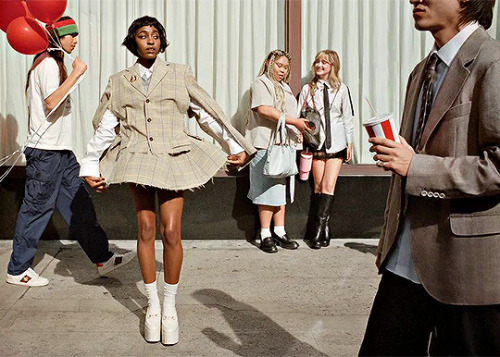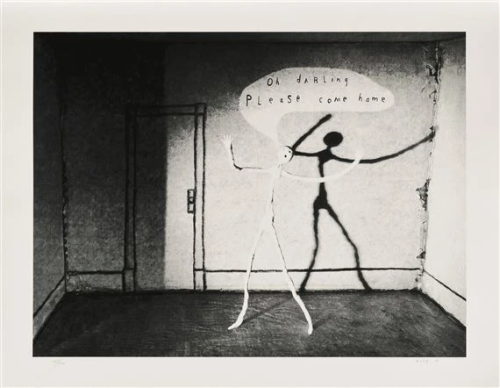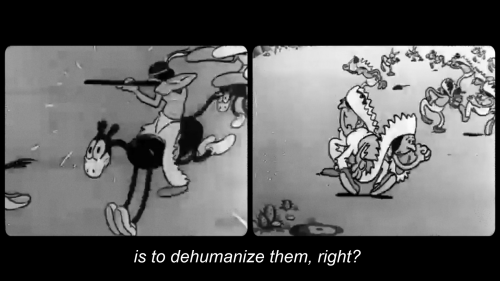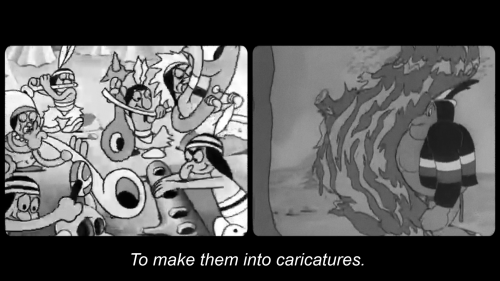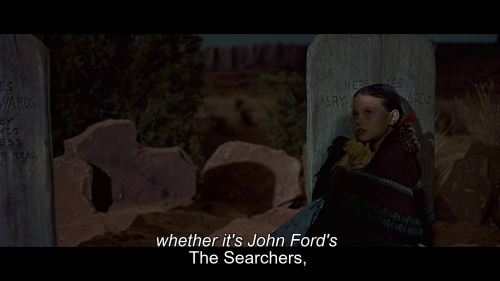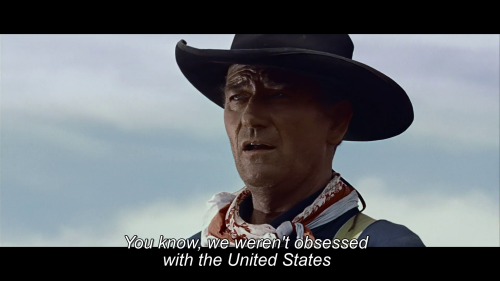Latest Posts by gooeydecimal - Page 3
@kay_wow on tiktok
it's kinda comforting to me when my friends are a little annoying or longwinded or abrasive or tired and inarticulate, or they don't do the exact politest thing in every interaction, and stuff, because I know I'm sometimes annoying, or take up a more than my share of conversational space, or forget to ask them questions, etc etc, and... like, I'm always working to be nice to my friends and to get better and better at friend-ing, but it just makes me feel more human about it :}
anyway I love you friends plz know I'm not counting, in fact I feel great affection toward you even (especially) when conversations go less than Perfectly Ideal
period havers, do you remember the day you first got your period?
yes - no - only some of it










More excerpts from the extremely beautiful “Subjective Atlas of Palestine“ project. View the full publication via link.
About: The Dutch designer Annelys de Vet invited Palestinian artists, photographers and designers to map their country as they see it. Given their closeness to the subject, this has resulted in unconventional, very human impressions of the landscape and the architecture, the cuisine, the music and the poetry of thought and expression. The drawings, photographs, maps and narratives made for this atlas reveal individual life experiences, from preparing chickpeas to a manual on water pipe smoking, from historic dress to modern music. Pages containing humorous and caustic newspaper cartoons and invented Palestinian currency followed by colourful cultural diaries and moving letters from prisoners. All in all, the contributions give an entirely different angle on a nation in occupied territory. In this subjective atlas it is the Palestinians themselves who show the disarming reverse side of the black-and-white image generally resorted to by the media.

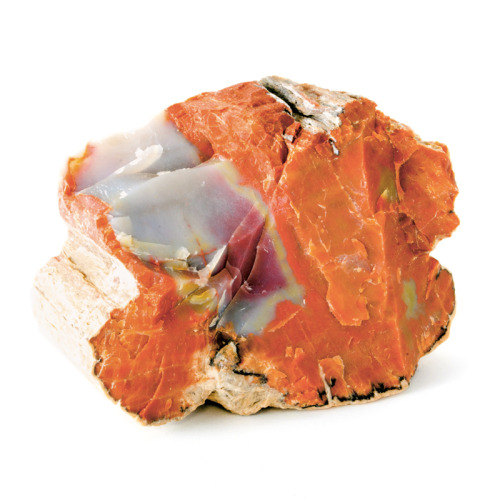
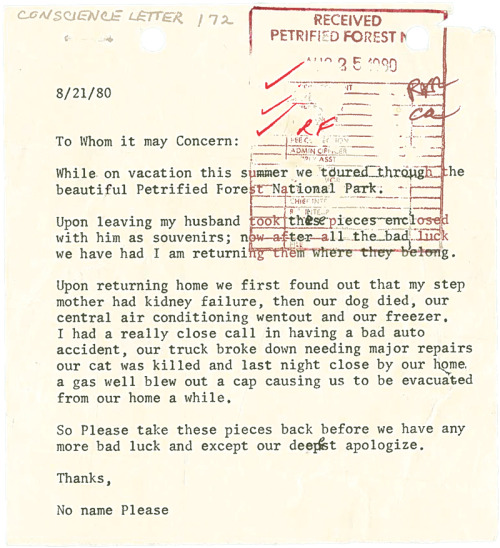
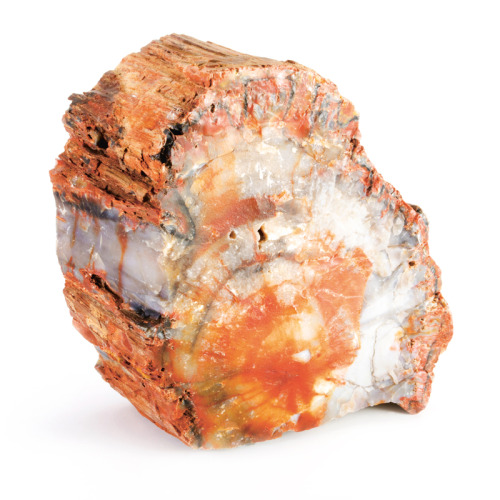
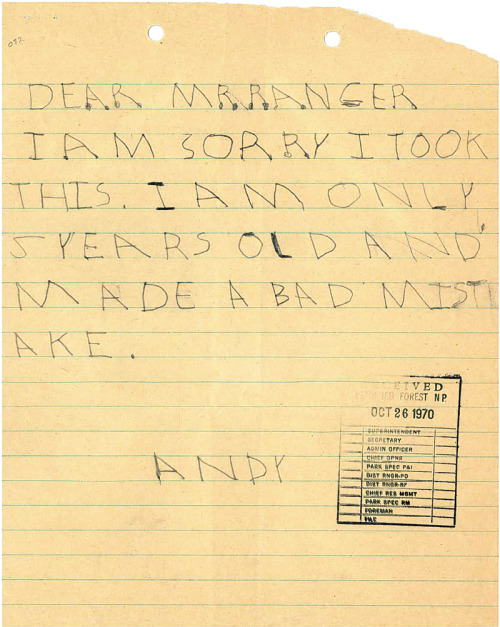

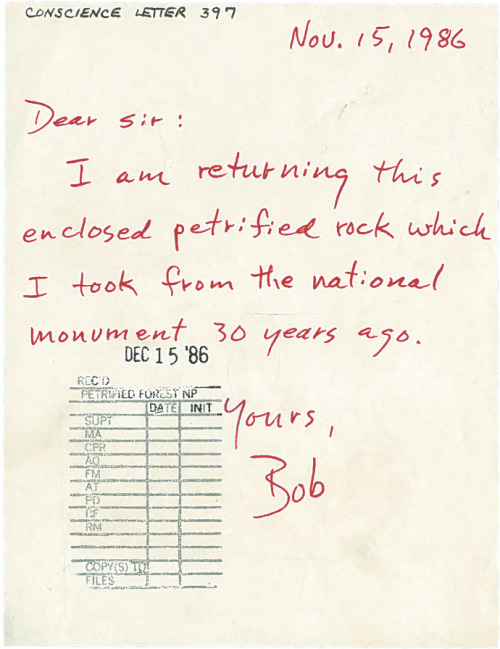
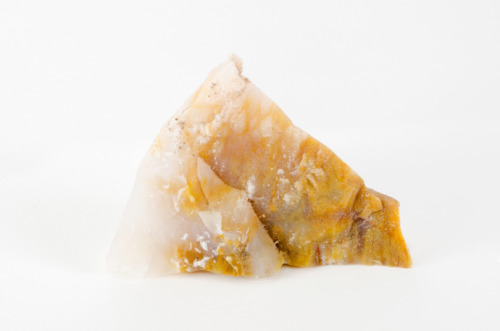
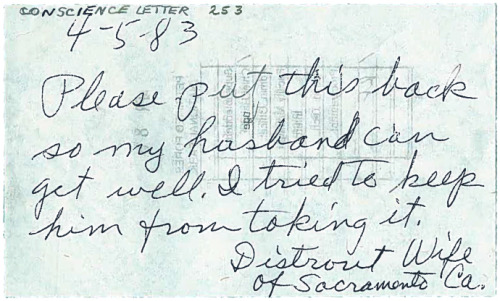
Hot Rocks
As a significant "feminised" category of mental illness, however, HPD [histrionic personality disorder] was superseded in the DSM-III by the introduction of the controversial BPD, a label which has been increasingly applied to women, with around 75 per cent of all cases estimated to be female. Seen as a milder form of schizophrenia and lying on the "borderline" between neuroses and psychoses, the concept has been used in psychiatry since 1938. Like other personality disorders, BPD has a notoriously low reliability level even by the generally poor standards of the DSM, and even within the profession is considered by many as yet another "wastebasket" category (though as Bourne ruefully remarks, the ambiguity of such personality disorders makes them particularly useful in policing deviance in the new century). One member of the DSM-III task force stated at the time of constructing BPD that "in my opinion, the borderline syndrome stands for everything that is wrong with psychiatry [and] the category should be eliminated". The chair of the task force, Robert Spitzer, admitted with the publication of DSM-III that BPD was only included in the manual due to pressures from psychoanalytically oriented clinicians who found it useful in their practices. Such practices have been documented by Luhrmann who describes psychiatrists' typical view of the BPD patient as "an angry, difficult woman—almost always a woman—given to intense, unstable relationships and a tendency to make suicide attempts as a call for help.' Bearing significant similarities to the feelings of nineteenth century psychiatrists towards hysterics, Luhrmann's study reveals psychiatrists' revulsion of those they label with a personality disorder: they are "patients you don't like, don't trust, don't want . . . One of the reasons you dislike them is an expungable sense that they are morally at fault because they choose to be different." Becker reinforces this general view of the BPD label when she states that "[t]here is no other diagnosis currently in use that has the intense pejorative connotations that have been attached to the borderline personality disorder diagnosis." A bitter irony for those labelled with BPD is that many are known to have experienced sexual abuse in childhood, something they share in common with many of those Freud labelled as hysterical a century earlier; a psychiatric pattern of depoliticising sexual abuse by ignoring the (usually) male perpetrator, and instead pathologising the survival mechanisms of the victim as abnormal.
By the mid-1980s, the hysteria diagnosis had disappeared from the clinical setting while BPD had become the most commonly diagnosed personality disorder. BPD is now the most important label which psychiatric hegemony invokes to serve capital and patriarchy through monitoring and controlling the modern woman, reinforcing expected gender roles within the more fluid, neoliberal environment. Nevertheless, as Jimenez (emphasis added) reminds us, the historical continuity from hysteria to BPD is clear: "Both diagnoses delimit appropriate behavior for women, and many of the criteria are stereotypically feminine. What distinguishes borderline personality disorder from hysteria is the inclusion of anger and other aggressive characteristics, such as shoplifting, reckless driving, and substance abuse. If the hysteric was a damaged woman, the borderline woman is a dangerous one."
Bruce M.Z. Cohen, Psychiatric Hegemony: A Marxist Theory of Mental Illness
Incredible how Germany’s collective guilt is only applied to the Holocaust (and only to one part of it and then we can discuss how fake it is anyway) because it’s so obvious they don’t give a shit about what they did in Africa
I wish you can hug me and say everything’s going to be okay
Girl we are fucked




the way this reads now is like. that soviet time capsule where everyone's like 'in the 21st century i'm sure you've conquered all disease, eradicated poverty, and set out to explore space! good luck to you all!' and you just sit there like. for a minute thinking of what could have been
not only do i not condemn palestinian resistance in some stupid centrist vague Morality and No One Should Ever Die fit of righteous idiot politics fury i furthermore unconditionally support palestinian resistance. there is nothing i support more in fact right now on earth not a single group of people i want success for more than for the palestinian resistance to israeli occupation & oppression. palestine will be free and the fascist colonial empire will fall like they all always have and always will do ameen
once in a lifetime isn’t a joke to me. time isn’t holding up. time isn’t after us. same as it ever was. same as it ever was. same as it ever was. and here a twister comes. here comes the twister
YUGOSLAVIA 1926
In the mid-1920s the prominent German photographer Kurt Hielscher was invited by the government in Belgrade to travel to Yugoslavia and create a book with images of the state, founded only a few years earlier. Kurt Hielscher had already published similar and very successful books about Italy, Spain and Germany, so he took up the invitation with enthusiasm.
The journey - from the Alps to Novo Mesto towards Bulgaria - produced 1200 photographs, from which he chose 191. In Hielscher's words, those were the few "which would try to show the attractive, diverse character of the landscape, the architecture, and way of life of the Yugoslavs... I didn't want to create a collection of postcards".
The result is a stunning and often moving collection, published in a book in 1926 in Berlin by Ernst Wassmuth AG.
Please, respect the author's original work, do not "colorize" these photo plates. It's an act of vandalism.

village house in Krašnja

Otočec castle on the Krka river

Šibenik

Split

Črešnjevac

Girls from Busovača

Počitelj on the Neretva

Mostar

Sarajevo market



In '55, the Ford Motor Company, failing to divine a name for their new car, requested the help of prize-winning poet Marianne Moore. The resulting flurry of names, while all rejected, make for amazing motor-carriage titles.
The car, eventually, was christened 'Edsel' - it then flopped, and became a symbol of economic failure. Perhaps, while unsuccessful with Ford, Moore's names might have felt more at home with Coupris. A selection:









